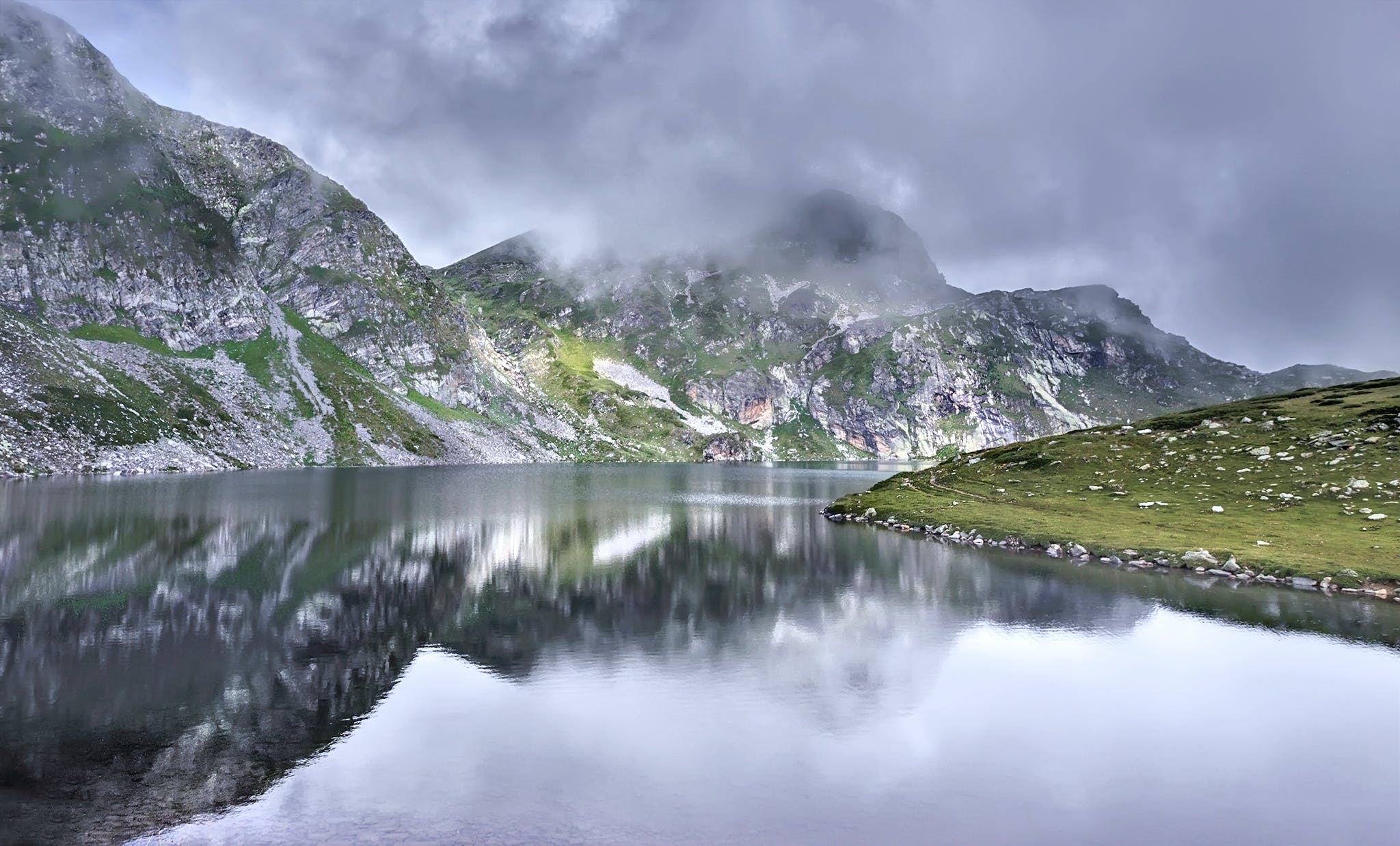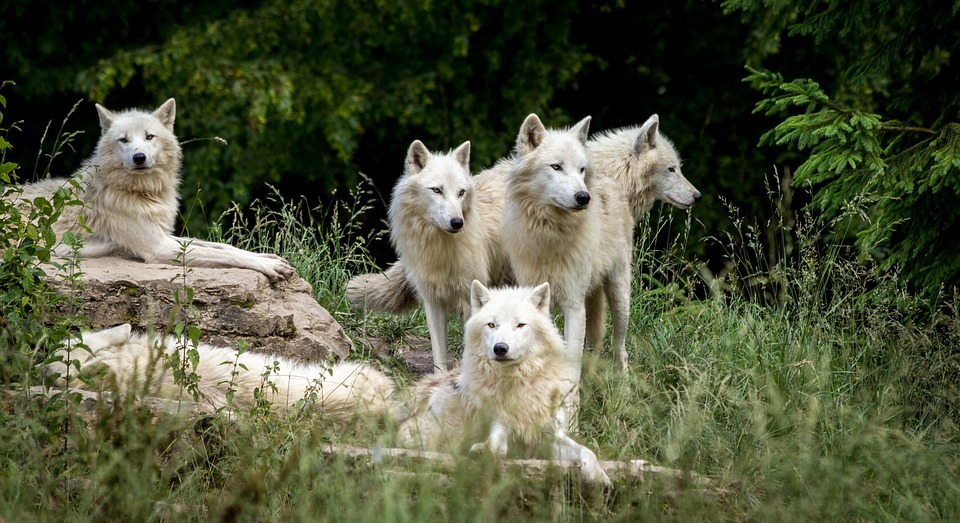The first thing that strikes visitors of this hospitable country is its green expanses. In Bulgaria there are national parks, nature reserves, lots of lakes and waterfalls, beautiful rocks and mysterious caves. All this wealth is located at coveted God’s earth, generously sun-drenched and washed by the calm waters of the Black Sea.
You can see a variety of flora and fauna in Bulgaria. Aside from the lush plant life, you will be able to see a large variety of animals. In Lake Pomorie alone, you can find a variety of species of birds such as cormorants, pelicans, swans and seagulls. These birds can hunt for their own food, take care of their chicks and rest comfortably without fearing human interaction. Visitors are forbidden to fish, so that these birds will always have something to eat and feed their chicks.
To admire the animals of Bulgaria, you will have to take a trip to a nearby nature reserve. If you are lucky, you will see a badger or a deer. But bears, wolves and even wild cats also live in these forests, so it is best to avoid them.
Rivers, lakes and waterfalls in Bulgaria
Aside from the Black Sea, Bulgaria is teeming with other bodies of water: rivers, lakes, ponds and waterfalls. It is quite rich in water resources.
On the territory of the country in addition to the Black Sea, there are other water bodies: lots of rivers, lakes and waterfalls. The Danube and the Maritsa are among the largest rivers in Bulgaria. The Danube is the second longest river after the Volga in the European continent. You can catch several fishes there: carp, sturgeon, pike, catfish and many others.
During our walk to the spit of Pomorie, we stumbled upon a small river named Aheloy. This river is a popular holiday destination not only among local fishermen, but also among tourists.
In the village of the same name, its shores are densely covered with greenery. There is a variety of shrubs, trees and reeds. Closer to a beach the river becomes shallower, vegetation becomes smaller and the cold waters, bending around small stones warm itself into the Black Sea.
The water in river Aheloy is cool compared to the seawater. We crossed Aheloy, on the mouth towards the Black Sea. It is also clean and clear. Children love to play in this area, perhaps because of the several stones on the bottom of this rather placid river, with its enchanting quiet murmur.
The Ropotmao River is considered as the “Bulgarian Amazon.” The lower section of the river lies a nature reserve, also called Ropotamo. This place is popular among tourists because of the proliferation of white lilies, as well as some fauna such as turtles. Fishing in Ropotoma river is prohibited, so that the local birds — such as herons and pelicans — will have something to feed.
Oh, did we say that Bulgaria is rich in water resources? There are many other bodies of water that are less visited by tourists but still are worth checking out. One of them is the Kamchia (or Kamchiya) River. You can go there on a river cruise on a modest fee. It is surrounded by lush vegetation, but the river itself is muddy. But don’t worry, it doesn’t mean that it is polluted — it just looks that way. A lot of fish and turtles live in and around the river. Like many other rivers in Bulgaria, the Kamchia River flows out to the Black Sea.
The country has enough number of lakes and majority of them are located around the mountains. But we were able to see only two of them so far. Most of the rivers we saw flow out to the Black Sea.
Pomorie Lake is known far beyond the borders of Bulgaria. Every year tourists come not only to enjoy the sights, but to also smear themselves with curative mud.
Burgas Lake is the biggest lake in Bulgaria. The lake is a home for a variety of fish, invertebrates, birds (some of which are listed as endangered). Lake Burgas, like Lake Pomorie, is protected area.
In Bulgaria there are about 300 waterfalls, differing each other in height. These falls flow down from the mountains and many of them are temporary. Some falls, though, are located in national parks (“Vitosha”, “Central Balkan”, “Rila”) or botanical gardens (in Balchik). Everyone who has ever seen such beauty in Bulgaria will certainly come back here again and again.
The national parks of Bulgaria
Bulgaria has a large number of protected areas which are open to visitors. If you hear about the country’s “Red Book,” the first thing that comes to your mind is anything Communist. There is nothing like that. To the uninformed foreigners, the “Red Book” is actually publication that contains information about flora and fauna in Bulgaria and their conservation status. The country’s national parks are teeming with untouched nature and animals which are listed in the Red Book.
The first nature park in Bulgaria was established in 1934, and with the diligent conservation efforts these protected areas have grown and prospered. So far, Bulgaria has three national parks, 11 nature parks and 55 nature reserves. But we will take a look at only a few of them:
The three national parks in Bulgaria:
- The Central Balkan National Park lies in the heart of Bulgaria and one of the most important protected areas in the whole of Europe. It is home to several endangered species — 130 of them — which are listed in the Red Book.
- Rila National Park occupies one-third of the Rila mountain range. There are also the seven glacial lakes, which are the most visited by tourists. You can encounter wild animals such as red deer, wild boars and eagles.
- Pirin National Park encompasses the bigger part of the Pirin Mountains. It is rich in vegetation including beautiful flowers such as edelweiss and poppies, as well as tall trees like Macedonian pines and sliver firs. There are also lakes, caves and waterfalls.
As for nature parks, Vitosha is quite popular. Huge predators such as bears, wolves and wild cats as well as deer and badgers call Vitosha their home. Vitosha is also home to several species of butterflies. The longest cave in Bulgaria, Duhlata, is located in this national park. You can explore inside the cave if you wish.
Other nature parks like Strandja and Rusenski Lom are inhabited by snakes, lizards and turtles. Here you can see rare species of birds, bats, or even predators (a wolf or a jackal).
Flora in Bulgaria
Bulgaria is rich in natural resources as well as biodiversity. A huge number of plants thrive in the wild and untouched areas of the country. Almost 30% of Bulgaria is covered by forests. Bulgarians are sensitive to their natural treasures that’s why they strive to maintain the untouched natural areas. Their efforts are richly rewarded with diversified flora and fauna.
Thanks to the country’s rich water resources, the country has successfully grown a lot of plants. We saw several species of palms one time that were grown in tubs, which they could be transferred to a greenhouse or somewhere warmer during the winter months.
In any seaside town you can easily see trees with figs , persimmons, peaches, pomegranates, plums, apples and pears as well as different varieties of grapes.
Probably, one of the most beautiful places in Bulgaria is the Rose Valley. Imagine that these proud flowers grow here for over 300 years! They are carefully looked after, and in return, give their unsurpassed rose fragrance and oil, which is made directly from petals.
A botanical garden in Balchik is also a must-see for nature lovers. It is famous for its huge cacti collection (the second largest in the world), and every plant you see there is unique. Getting to this botanical garden is difficult and not very convenient (at least in our experience), but still that doesn’t stop tourists from visiting this place.
The city of Varna also boasts its botanical garden “Ecopark,” where you can see a large collection of unique flora gathered from many parts of the world. A jockey club is also located within the park, which offers horse riding lessons.
There are many reasons why you should want to visit Bulgaria — it is a very green country.
Fauna in Bulgaria
During the second half of the 20th century, deforestation was quite active. It was the main reason why fauna in Bulgaria began to diminish considerably. Now, Bulgarians are doing everything possible to preserve and enhance the natural wealth of the country.
National parks and reserves occupy 5% of the entire country. There you can find a variety of living creatures, big and small. Hares, rabbits, squirrels, badgers, ferrets and weasels as well as predatory animals like bears, foxes, wolves, wild boars and jackals call these natural parks their home.
Lakes and rivers have rich underwater world, and in the coastal zone of the Black Sea you can find commercial fish such as mackerel, mullet, flatfish and bonito.
In the coastal city of Varna you can visit the Dolphinarium, where everyone will be entertained by cute and playful dolphins.
Bulgaria’s territory was inhabited by many kinds of butterflies (more than 1100).
Air expanses of the country are filled with very beautiful birds – bearded eagles (they can be seen in national parks), graceful swans, pelicans, gulls, cormorants and many other species of birds.
There is also a large number of snakes, nimble lizards, and slow turtles. A lot (about 75 species) of these reptiles and amphibians are cave dwellers.
All of this beauty and rich diversity of Bulgaria are hard to convey in words. So really, it is best to visit the country and behold all these natural wonders by your very own eyes.
Useful links and interesting information:
- What to expect from the sea in Bulgaria? A temperature and a climate on the coast.
- The lake in Pomorie: flora and fauna, its location, the beneficial properties of its mud.
- Pros and cons of self-tourism and excursions in Bulgaria.
- An independent walking tour from Nessebar to Pomorie.
- What fruits are popular in Bulgaria? At what should you pay attention when purchasing fruits?
- The incredible beauty of the botanical garden in Balchik. The most interesting and informative excursion.
- Is it expensive to have a rest in Bulgaria?

